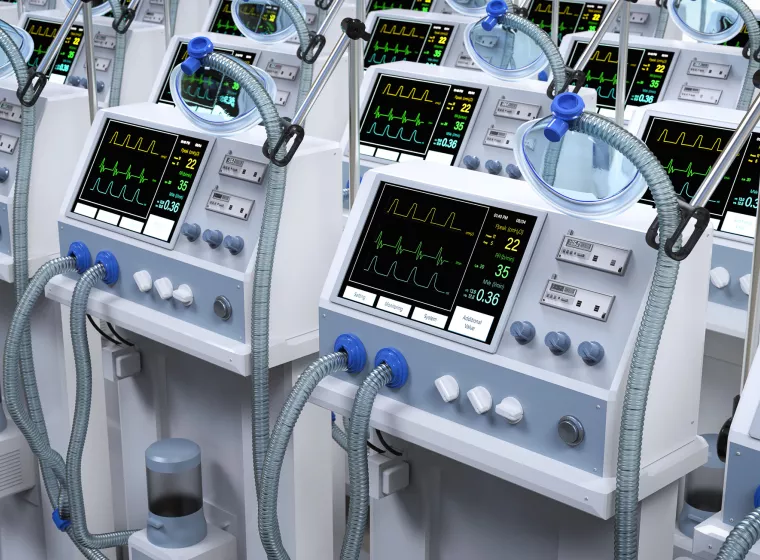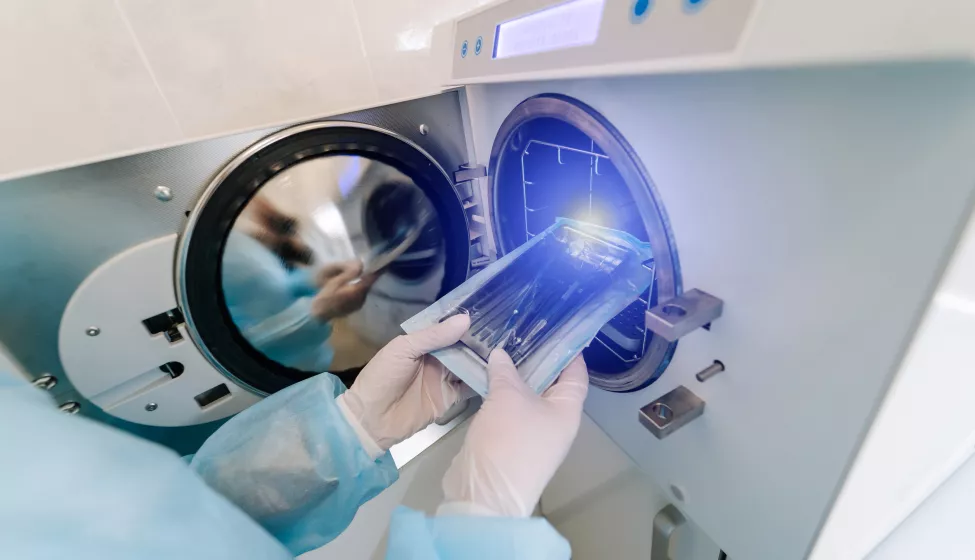August 7, 2023
Industry associations voice strong concerns about potential negative impacts on patient care, supply, and sterilization alternatives
June 27 was the deadline for stakeholders to submit comments on two proposals from the Environmental Protection Agency to limit how much ethylene oxide (EtO) can be released into the environment, how much can be used to sterilize products, and how workers who handle the gas are allowed to operate in its proximity. With the comments window closed, it's clear that EPA will face strong opposition from medical technology industry associations over concerns about downstream impacts on patients and the availability and viability of alternative sterilization methods.
EPA's proposal
On April 11, EPA issued a preliminary interim decision under the Federal Insecticide, Fungicide, and Rodenticide Act covering the use of EtO for device sterilization. Then, on April 13, EPA proposed a further rule titled "National Emission Standards for Hazardous Air Pollutants (NESHAP): Ethylene Oxide Emissions Standards for Sterilization Facilities Residual Risk and Technology Review."
According to EPA, "The intent of the standards is to protect public health by requiring existing and new major sources to control emissions to the level achievable by the maximum achievable control technology (MACT) and by requiring existing and new area sources to control emissions using generally available control technology (GACT)."
When the proposed rule was first released, several industry groups were already questioning the feasibility of the 18-month, 80% emission reduction target, with concerns ranging from the suggested timeline to supply chain considerations to potential facility closures.
Industry reaction
Now, several industry associations, including the Medical Device Manufacturers Association (MDMA), the Healthcare Industry Resilience Collaborative (HIRC), and the American Academy of Orthopaedic Surgeons (AAOS), have all voiced strong concerns about the EPA proposal and its potential negative effects.
Whereas MDMA, HIRC, and AAOS all made public statements regarding the need for balancing the risk of EtO emissions against the risk of restricted access to medical devices and the need to confirm available alternatives, the Advanced Medical Technology Association (AdvaMed) submitted a 40-page document with comments to EPA. Based on site-by-site analysis across the industry, AdvaMed found that the Proposed Interim Registration Review Decision (PID) as drafted by EPA would result in an estimated capacity loss of 30-50% at U.S. sterilization facilities and upwards of 70% for some sites.
AdvaMed also questioned several assumptions and proposed mandates of the PID, including:
- That it fails to account for the wide variation in the commercial sterilization industry with its "one-size-fits-all" approach
- That the timeline mandate (i.e., revalidation of products using alternative sterilization methods within 18 months of EPA issuing the final rule) is not feasible
- That EPA's proposed engineering controls to address perceived occupational risk are also far too generalized and would require at least five years to implement (where even possible)
- That EPA's proposed 10 parts per billion action limit is far too low — 100 times lower than the current OSHA permissible exposure limit
Moreover, AdvaMed raised concerns that there may not be any viable alternatives to EtO for the sterilization of certain medical devices and equipment. Other available sterilization methods may degrade the device or impact performance.
With comments now closed, however, industry will have to wait for EPA to take the feedback under consideration. Their decision could have considerable effects on the supply chain of sterile medical products and may also lead to the need to redesign certain devices to withstand alternative sterilization methods. In turn, clinical outcomes could potentially be reduced or negatively impacted, which may not be evident until the devices are commercially available.
What Can We Help You Solve?
Exponent's team of biomedical engineers and scientists can help you assess the impact of EPA's proposed EtO regulations. We can help clients understand the opportunities and challenges associated with the current proposals, evaluate potential alternative sterilization methods, and evaluate redesigns made to medical products to accommodate new sterilization requirements.

Biomedical Engineering Laboratories
Expert biomedical laboratory services, delivering evidence-based answers for your most complex challenges.

Regulatory Compliance for Medical Products
Experienced regulatory support for medical devices, pharmaceuticals, and combination products.

Biomedical Expertise for Therapeutic Areas
Multidisciplinary insights for a range of therapeutic product development challenges.

Biomedical Expertise for Disputes
Support for complex disputes, from intellectual property and patent infringement to hospital fires and product damage.




